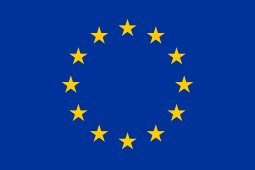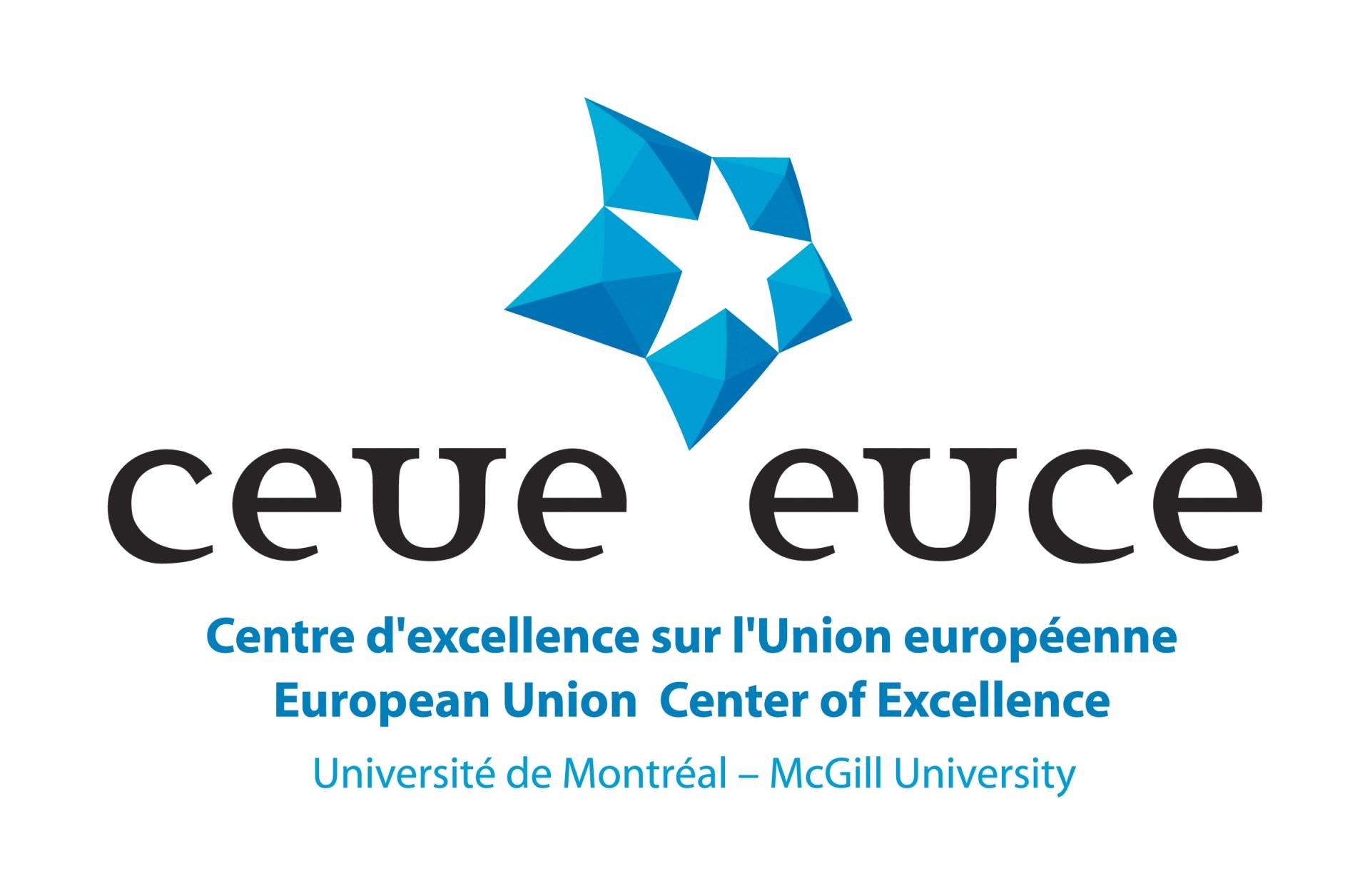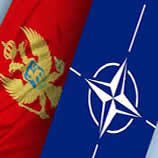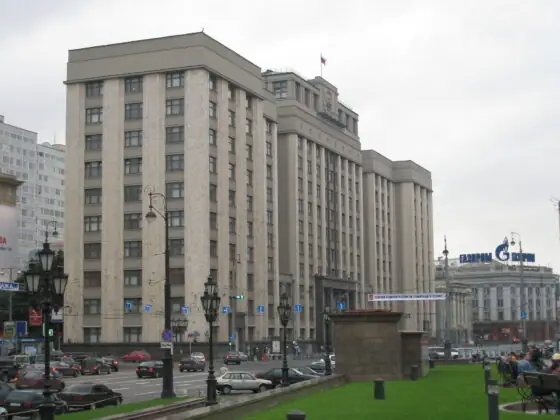(PONARS Policy Memo) Since Ukraine’s independence, no government in Kyiv has ever completely become authoritarian or democratic. While many states in the region have been seized by authoritarianism, Ukraine has been trapped by political hybridity. Fairly free elections take place and new faces come to power, but informal political practices endure and pyramids of power are re-established.
Three years have passed since the Euromaidan, enough time to evaluate Ukraine’s new political dynamics. What we see is that Ukraine’s internal enemies have arisen yet again: elite graft, corruption, secret dealmaking, and rent-seeking. To help Ukraine break out of this institutional trap, better comprehesion of its post-Maidan political and institutional trappings is needed. Indeed, a prerequisite for progress is that the institutional core of Ukraine’s hybrid regime system needs to be truly dismantled.
Regime Dynamics
One of the main political science approaches to understanding regime dynamics emphasizes “democratic breakthroughs” and “autocratic reversals.” Actors matter, but even more important are the rules they share. A genuine regime change occurs when new players arise and actors accept new rules, which has not been the case with Ukraine.
According to major democratization indices, the political regime in Ukraine since the mid 1990s has always been “hybrid”—marked by competitive elections but lacking the rule of law.[1] The Orange and Euromaidan revolutionary political cycles allowed new players to enter politics but new rules were not developed. What have often been interpreted as Ukrainian democratic breakthroughs have instead amounted to the replacement of one group of rent-seekers with another. Informal rules and practices circumvent formal procedures. Political hybridity, therefore, might be conceived as an institutional trap. An analytical approach that focuses on such trappings seems well equipped to explain Ukraine’s reform impasses and likewise other political dynamics across Eurasia. I discuss here the changes in the formal and informal institutions and the elite structures since the Euromaidan.
Pyramid-Power Systems
A single-pyramid system is where power is concentrated in the hands of one entity. After the fall of the Yanukovych government in February 2014, a new majority was formed in the parliament. On February 22, 2014, Oleksandr Turchynov was elected as head of the parliament and the next day the body appointed him interim president of Ukraine. On February 27, a new parliamentary majority coalition appointed Arseniy Yatsenyuk as prime minister with the task of running a “government of national unity.” Therefore, supported by the new parliamentary majority, the Turchynov-Yatsenyuk duumvirate (both from Yulia Tymoshenko’s Fatherland party) had decisive influence on all decision-making processes in Ukraine, though Tymoshenko herself was effectively isolated from power by her “allies.”[2]
This post-Euromaidan system lasted for four months, from the time of Yanukovych’s escape to Russia and the pre-term presidential elections in May 2014. During this period, the leaders of the former official opposition bargained among themselves for key government positions, namely: Yatsenyuk-Turchynov of Fatherland, Oleh Tyahnybok of Svoboda, and Vitaly Klytchko of UDAR. The result of this trade-off was that UDAR, which did not officially take part in the government formation, received several important posts, including deputy minister of justice, head of the security service, head of the foreign intelligence service, and heads of at least five state administrations. These appointments were allegedly agreed to in exchange for Klytchko not running for president and supporting Petro Poroshenko in his presidential campaign.
In the first Yatsenyuk government (February–December 2014), the Fatherland party received the seats of the first deputy prime minister, five additional ministerial positions, and seven heads of regional state administrations. For its part, Svoboda received the posts of vice prime minister, prosecutor general, head of the state agency of land resources, three additional ministers, and six heads of regional state administrations. As Ukrainian investigative journalist and parliamentarian Serhiy Leshchenko remarked, “positions are distributed by quotas [between the parties, behind doors], without public announcement.”
In formal terms, the new legislators took steps to shift Ukraine from a presidential-parliamentary model to a premier-presidential model, similar to what Ukraine had between 2005 and 2010. What happened in reality is a shift that can be described as going from a “single-pyramid system” to a “competing-pyramid” one.
Though there was an increase in the number of players bargaining for a share in the second Yatsenyuk government (December 2014–April 2016), the nomination principle was the same. What transpired was that the “Euromaidan quota,” which was initially filled with prominent Euromaidan figures and experts, was virtually eliminated by new players. One aspect of note was that compared to previous governments, Yatsenyuk’s were the youngest, with an average age of 38, and more professional; only two ministers in his second government did not speak English. However, the way the government was formed indicates that old habits die hard.
The quota principle that was first noticed in 2002, at the time of Yanukovych's premiership, has been an ongoing major principle in filling senior positions in Ukraine. In contrast to merit-based competitive nominations, quota-based nominations garner loyalty to the higher authority. If an outsider receives a post, he or she cannot transform the system. This was discovered, to their own chagrin, by Pavlo Sheremeta, Ayvaras Abramavychus, Natalie Jaresko, and Mikheil Saakashvili.
Abramavychus’ resignation as minister of economic development in the second Yatsenyuk government exposed the hidden rivalry between the president and the premier for control over important state enterprises and the struggle between reformers and rent-seekers. His resignation provoked a political crisis that the president, the premier, and certain oligarchs solved by reformatting the government and replacing Yatsenyuk with Volodymyr Groysman, a protégé of Poroshenko. This new elite deal resulted in the advent of a “strategic septet”—an informal group of the most influential players in Ukrainian politics. This “shadow politburo” emerged to retain control over the rent under challenges provoked by the Russian aggression on the one side and the pressure for reforms – from the West and civic activists – on the other side.
Thus, despite the growth of the informal influence the president has over the executive, legislative, and judiciary, he has to share resources with other political and economic actors and groups. One small example of how the government and private interests intermingle is the nationalization of Privatbank, the largest private bank in Ukraine, which came about because of an informal agreement between Poroshenko and Ihor Kolomoisky and Gennadiy Bogoliubov, the bank’s majority stakeholders. The major political division in today’s Ukraine is thus between an alliance of major state and business actors on one side and reformers in parliament, the media, and civil society on the other.
The new elite consensus reveals three things. First, facing both external and internal challenges, Ukraine’s ruling coalition tries to cooperate rather than fight. However, in contrast to various Eastern and Central European “elite pacts” that try to keep a foot on the pedal of reform (more or less), Ukraine’s elites mostly strive to preserve a system that enables rent extraction, even in times of war. Second, rent-seeking prevents the development of any long-term elite pact and opting to play by the rules. A recent spark between Poroshenko and the mayor of Lviv, Andriy Sodovyi, whose faction in the parliament is essential for maintaining the coalition, illustrates how “would-be partners” easily turn into opponents when rents are at stake. Third, the probability of Ukraine descending to a Yanukovych-type one-man rule system is quite low. Poroshenko, like his predecessors, is building a single-pyramid system, but pressures from within and without force him to rely on “partners.”
In this regard, Poroshenko’s presidency differs from that of Yanukovych, who ruled by family clan, and from that of the Orange revolution’s Viktor Yushchenko, who fought with the Tymoshenko power node. Under favorable circumstances—for instance if there is some economic growth, a lessening of Western reform pressures, and/or the Donbas becomes a frozen conflict (probably the best case scenario) —Poroshenko’s regime might come to resemble that of Leonid Kuchma—one with a “diffuse network.”
Clientelism, Elite Rotations, and Pay-to-Play
In a competing-pyramid system, no player is able to establish his or her single network, making the struggle for dominance an inherent trait of the system. This is how newly-elected Poroshenko started to build his own network and undermine the Turchynov-Yatsenyuk duumvirate. During his first year in office, Poroshenko dismissed 22 of 24 heads of regional state administrations who were appointed by Turchynov. Clientelism in the form of loyalty and favoritism took the upper hand and became an important factor of appointments to public office.
Commentators and journalists described that stage as the “coming of the Vinnytsya clan to the capital” (Vinnytsya is Poroshenko’s native region). This is how the former Vinnytsya mayor, Groysman, initially became the head of parliament and later prime minister. This is also how Ihor Kononenko became the deputy head of Poroshenko’s faction in the parliament and Borys Lozhkin became the head of the presidential administration. It was quite common to hear at that time (September 2014) “that the president is repeating the mistakes of his predecessor,” as evidenced by Valeriy Heletey becoming minister of defense and Valeriya Hontarieva becoming head of the National Bank.
Meanwhile Yatsenyuk’s network, including the head of the Security and Defense Council (Oleksandr Turchynov), the Minister of Internal Affairs (Arsen Avakov), the head of the People’s Front faction in parliament (Mykola Martynenko) and, allegedly, aligned oligarchs (under Ihor Kolomoisky), continues to operate even after Yatsenyuk left the post of prime minister.
The circulation of elites in Ukraine never produced a genuine renewal. Neither in 1991 nor in 2005 were entrenched rent-seekers replaced by true reformers. Until the beginning of the 2000s, parliament was dominated by communists. This group was partially moved and partially incorporated into the new oligarchy. In regular electoral cycles, elite circulation was actually elite reproduction; in moments of crisis, like during the 2004 Orange and 2014 Euromaidan cycles, it was quasi-replacement. If we look at the percentage of those who pursue public and not private (party) interests, renewal has been quite limited. Even though there was a 56 percent quantitative renewal of parliament in the 2014 elections (out of 423 MPs), less than one-hundred legislators truly pushed for reforms (based on my analysis of voting patterns).
Tomas Fiala, the founder of Dragon Capital investment bank in Ukraine, once revealed that both Yatsenyuk and Poroshenko traded seats on their party lists for $3-10 million. This allegation is supported by Oleksandr Onyshchenko, who was a former Poroshenko parliamentary broker and now a fugitive. He claims he paid $6 million to be placed on Poroshenko’s party list. The reality is that two-thirds of members of parliament today are millionaires, and preserving the status quo appeals to them. On one hand, a genuine elite renewal was blocked by the deputies themselves who preserved the mixed electoral system. On the other hand, the Euromaidan movement failed to form a reform party capable of gaining a majority in parliament.
In the executive and administrative branches of government, elite renewal was higher, though the quality of governance did not improve. Though Yanukovych’s Party of Regions is formally out of power, 29 of its former members entered parliament via Opposition Bloc seats, 17 of them with the help of the Petro Poroshenko Bloc. Moreover, 64 members of parliament voted for the “dictatorship laws” in January 2014, and 37 deputies who were under investigation by the media became parliamentarians. The previous parliament had seven “family clans,” the most notable being the Yanukovych clan. At least 55 deputies had relatives in the parliament or in executive bodies. We see similar networks today. For example, clan members of Petro Poroshenko, Yuriy Lutsenko, and Victor Baloha are in parliament thanks to the help of powerful relatives. Thus, in Ukraine, we see repeat dynamics of “new faces, old system” as well as “same faces, same system.”
Conclusion
Ukraine has had relatively free presidential and parliamentary elections, which legitimizes new governmental actors. However, genuine renewal is elusive and old elite codes keep Ukraine’s institutional core unchanged. Informal practices, clientelism, and corruption continue within new pyramidal-power schemes. Under Poroshenko, political competition for rent prevents developing stable elite agreement.
The institutional core of Ukraine’s regime system persists. This is a challenge to dominant political science conjectures about governance dynamics and regime change hypotheses. With this understanding, Western policies toward Ukraine should be threefold. First, supporters of Ukraine should prioritize initiatives that dismantle the informal institutional core of its hybrid system (transparent financial e-declarations for state officials would be a good start). Second, the West should support long-term institution building over short-term financial stabilization. And third, it should reconsider relying on Kyiv’s leadership and instead support grass-roots initiatives that press for reforms.
Yuriy Matsiyevsky is Associate Professor, Department of Political Science, Ostroh Academy National University, Ukraine. This policy memo is based on the concluding chapter of the author’s book, U pastci hibrydnosti: zygzagy transformatsiy politychnoho rezhymu v Ukraini (1991–2014) (Trapped in Hybridity: Zigzags of Ukraine’s Political Regime Transformations (1991–2014), Knyhy XXI, 2016.
[PDF]
[1] See, for example, Freedom House democratization indices for Ukraine from the mid 1990s to 2016.
[2] In anticipation of pre-term parliamentary elections, a group of politicians headed by Yatsenyuk and Turchynov left the Fatherland party in late August 2014. In the October 2014 election, their newly registered People’s Front party won 82 seats, while Tymoshenko’s Fatherland received only 19 seats, losing 93 seats.
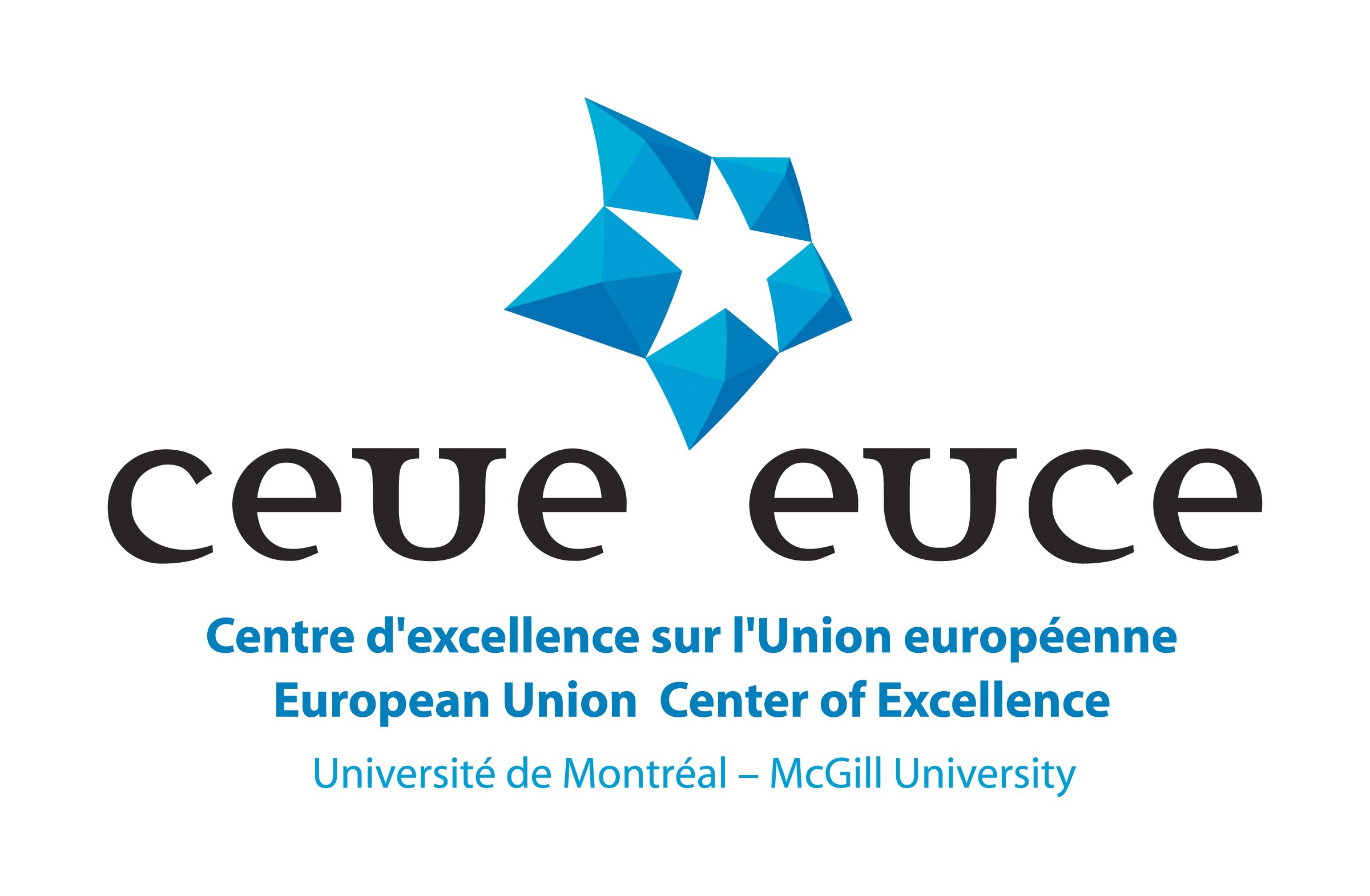
European Union Center of Excellence, McGill University, Montreal, Canada. This project has been funded with support from the European Commission. This publication reflects the views only of the author, and the Commission cannot be held responsible for any use which may be made of the information contained therein.
